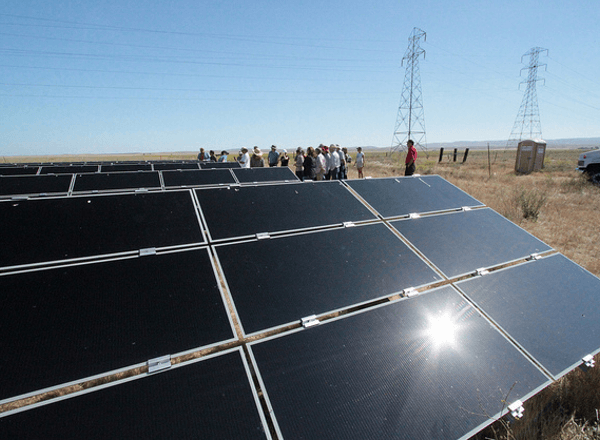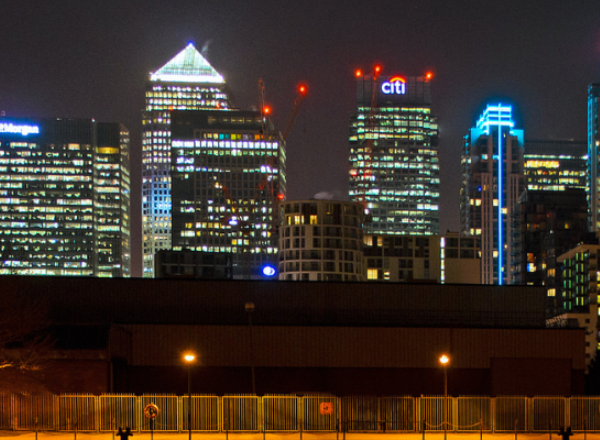In May 2020 the Italian government introduced the increasingly popular ‘Superbonus’ scheme to try and kickstart the economy after the chaos of COVID-19. The legislation introducing the ‘Superbonus’ permits home-owners to a tax advantage that allows them to claim 110% of the fee for building costs that make their home more energy efficient under the ‘Ecobonus’. The scheme was expected to come to an end in December of this year; however, due to the surplus of interest, it has been extended to 2023 to accommodate the abundance of work builders now find themselves with.
The Scheme
The two aims of the scheme are to improve energy efficiency and lower the seismic risk of homes. Government fears that Italian residents would not make these changes unincentivised also fuelled the introduction of the legislation. When supporting the introduction of the legislation, Riccardo Fraccaro, Member of Italian Chamber of Deputies, stated that Italy needs an ‘economic growth which is sustainable for our planet’ and believes this scheme provides an economic solution while taking action against the prevalent climate change dilemma.

Figure 1: Italian Buildings [1]
The Conditions
Although this Ecobonus may seem like a home-owners heaven, there are conditions and criteria regulating who is eligible for the scheme and it’s not as easy as it first may seem.
The energy class of the property must be improved by a minimum of 2 classes and, where this is not possible, the highest energy class must be reached; this must be certified by a qualified technician for it to be recognised. In addition, not all properties qualify; the government has a class system for the different levels of housing within the country and classes A1, A8 and A9 (luxury houses, villas, and castles) do not qualify for the scheme.
The Benefits
By introducing this scheme, not only does it allow the construction sector to earn back their losses, it also helps the government towards their goal of a greener country. The building costs included within the Ecobonus can be used to purchase renewable energy utilities such as solar panels and electric car charging points. With many residents applying for this new scheme, the population using green energy is ever increasing and Italy are one step closer to their long-term strategy of climate neutrality by 2050, which will certainly contribute to the EU goal of net zero emissions by 2050.
Conclusions
At what cost to the government is the scheme providing a solution to the chaos of the recent pandemic? Critics of the new tax scheme believe the government are paying out too much to rectify the impact of COVID-19 to the construction sector, but are the green benefits of the scheme enough to justify it?
About Pager Power
Pager Power undertakes technical assessments for developers of renewable energy projects and tall buildings worldwide. For more information about what we do, please get in touch.
References:
- Casa and Country, ‘Italian Super-bonus’, Undated. [online]. Available: https://www.casaandcountry.com/article/italian-super-bonus [Accessed 29/10/2021]
- Italy UK Law, ‘Superbonus: The new tax credit for Italian property improvements’, 12th October 2020. [online]. Available: ‘https://www.italy-uk-law.com/italian-news/superbonus-the-new-tax-credit-for-italian-property-improvements/ [Accessed 29/10/2021]
- Euractiv, ‘Italy’s celebrated building renovation scheme hits a snag’, 13th April 2021. [online]. Available: https://www.euractiv.com/section/energy-environment/news/italys-celebrated-building-renovation-scheme-hits-a-snag/ [Accessed 29/10/2021]
[1] Brown and White Concrete Buildings Under White Clouds (March, 2020) from Pexels.com. Accessed on: 29th October 2021.
Available at: https://www.pexels.com/photo/brown-and-white-concrete-building-under-white-clouds-4015473/



